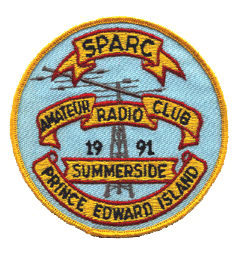| On August 9, 1922 a text was typed in an airplane and simultaneously printed out at a ground station A translation of the DARC post reads: With this experiment, the US Navy Department gave the telex procedure wings – exactly 100 years ago. From now on it was possible to transmit texts wirelessly at a speed of up to 100 words per minute. The ministry immediately pushed for messages to be made available in the opposite direction, namely from the ground to the plane. It was the birth of radio telex – “RTTY”. After the Second World War, the first telexes came into the hands of radio amateurs in the USA, who then modified their transmitters for frequency shift keying (FSK). RTTY had now also arrived in the amateur radio service. With the advent of personal computers at the beginning of the 1980s, they replaced the previously widespread electromechanically generated RTTY with very simple RTTY programs. With the introduction of digital technology and the development of new types of transmission such as PSK31 and later FT8, RTTY has lost its previous importance in amateur radio. It’s different in the maritime radio service: Despite modern and fast digital processes, RTTY transmissions still have their place there, e.g. to warn of dangers or to transmit current sea weather reports to the skippers. An image in the Library of Congress shows the teleprinter radio used by the US Navy Department in August 1922 to receive typed radio messages from a naval aircraft, see https://www.loc.gov/pictures/item/2002697173/ Source https://darc.de/  |
